Bees Bees Bees
Has your bumblebee marking been an issue for you this year? Every few years it pops up as an issue. I have already heard, and seen, from two growers with some flowers not being set. From personal experience the most difficult period to achieve a good flower/fruit set is springtime. This is a good time to remind growers how important your bumble bees are.
Very quickly an entire truss can be missed if you don’t notice or realise the flowers have not been marked. As spring has arrived, and summer is right on our doorstep, growers and greenhouse workers will be extremely busy with all the tasks at hand.
The best way to check if your bees are setting is by observing the markings as part of your weekly crop recordings. While collecting data take a very close look at the marking of the flowers. When I noticed too many flowers were still open, or there was faint or not many visible bruises/marks on the flower, there were a few things I would check. Firstly, I would open previously closed flowers to examine if there was a visible marking. Secondly, I would go and check the most recent bumblebee hive to check on the activity.
Very poor pollination at the start of the truss. Only after a booster hive was introduced was set improved.
I would order an additional hive or two to boost things. Then I would check at least three times a week, in different parts of the glasshouse, until the setting had improved. At this time of the year the bees may be lured out of the greenhouse by other temptations. My old property was close to an orchard, when it blossomed each year, it was noticeable the drop off in setting in the greenhouse. This may or may not have been coincidental, but I think not.
I would also advise to get a leaf analysis or runoff sample and check your plant is getting the correct nutrition. Plant stress may also play a role, not just a lack of bee pressure, so I suggest you cover all your bases.
Bees are the cheapest workers in the greenhouse – I always joke about this, but they never rest on weekends or public holidays. At this time of the year, with increasing growth and flowering rates, maybe the amount of bumble bees, that were enough to do the job in the winter, are not enough for the summer. Monitor and react because without your fruit set you won’t earn an awful lot.
Same property with poor pollination after a booster hive was introduced. Three to four flowers for this variety are all that should be open at any one time.


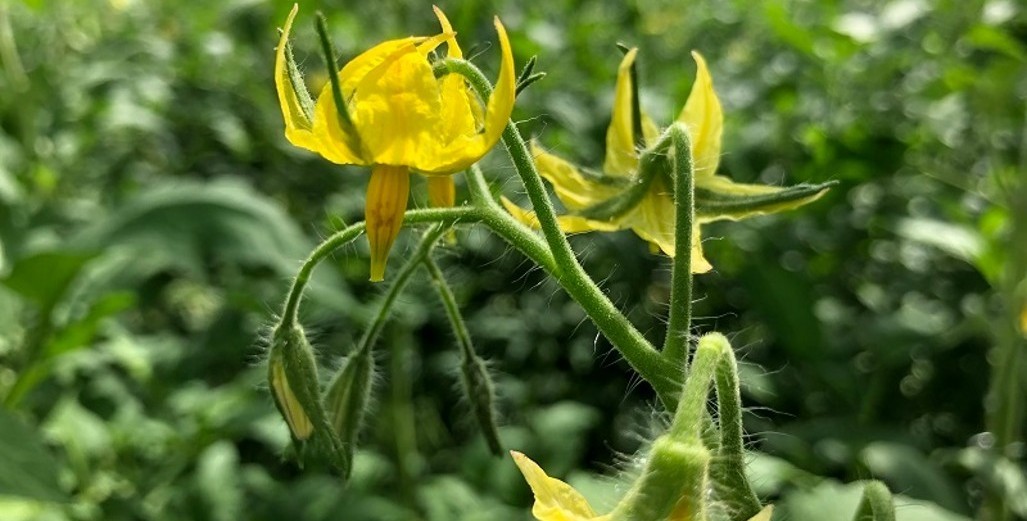
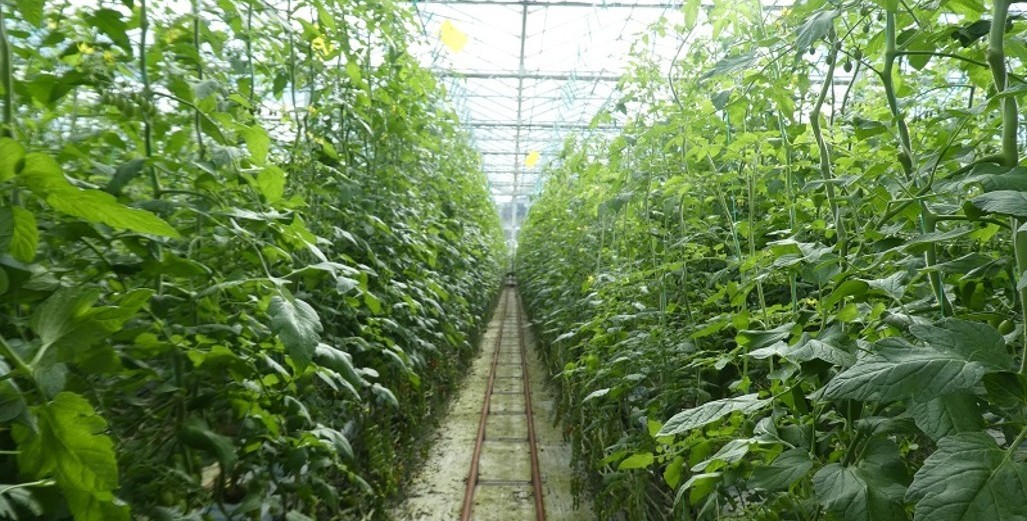



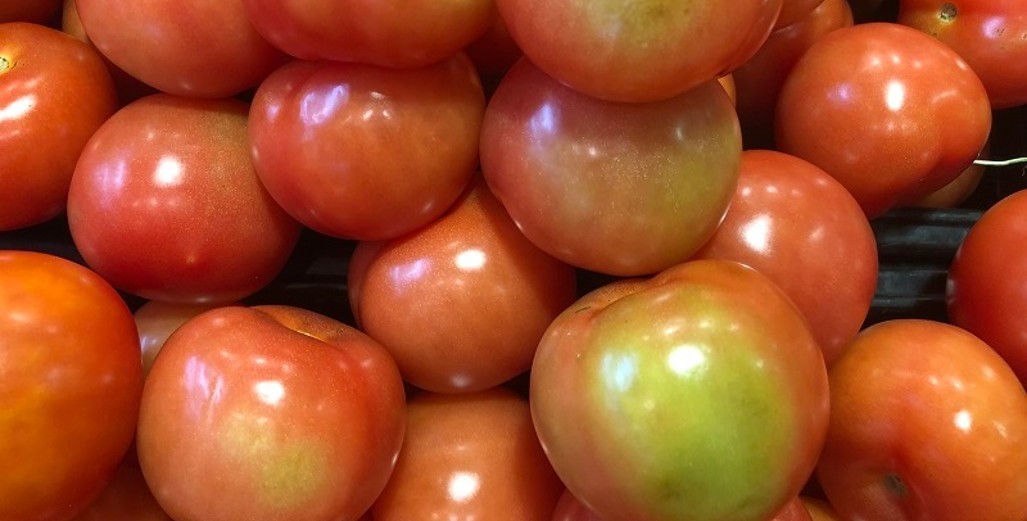
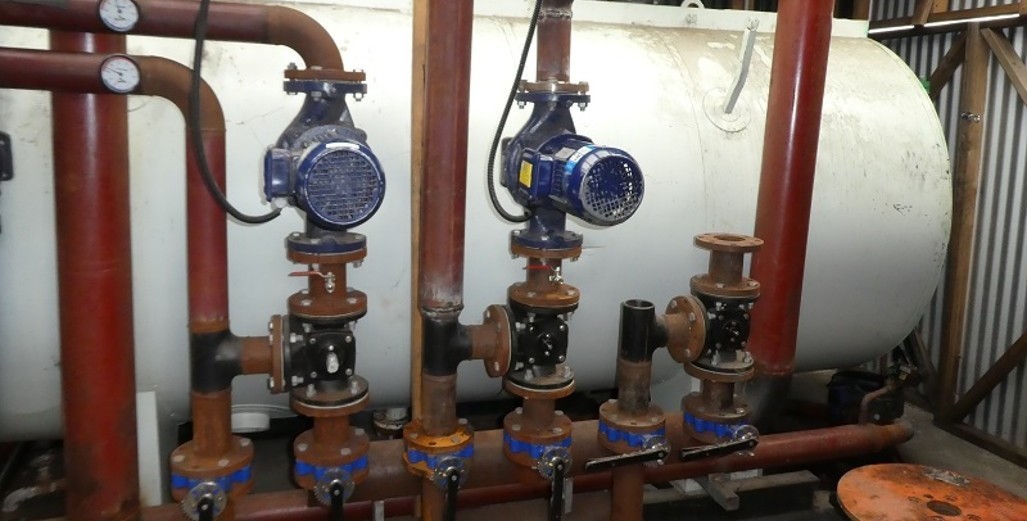

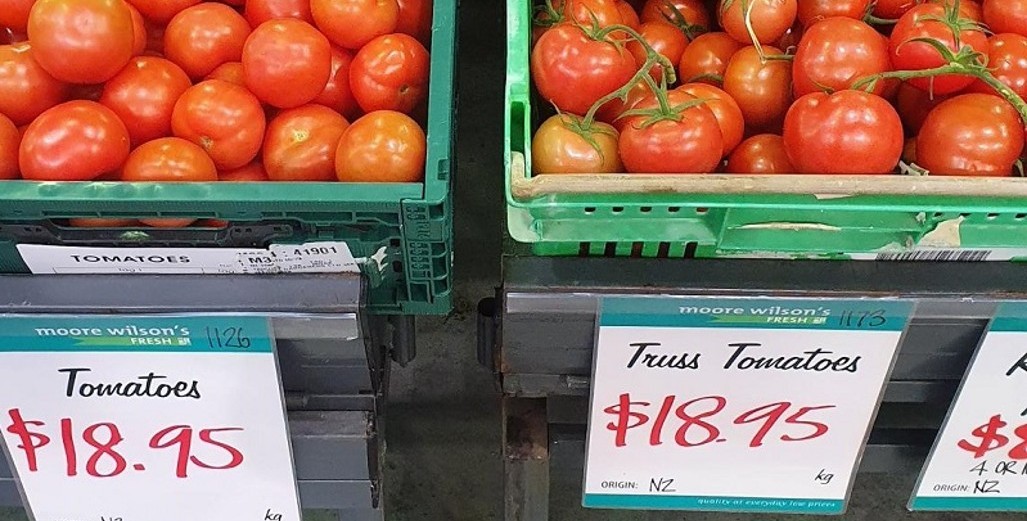

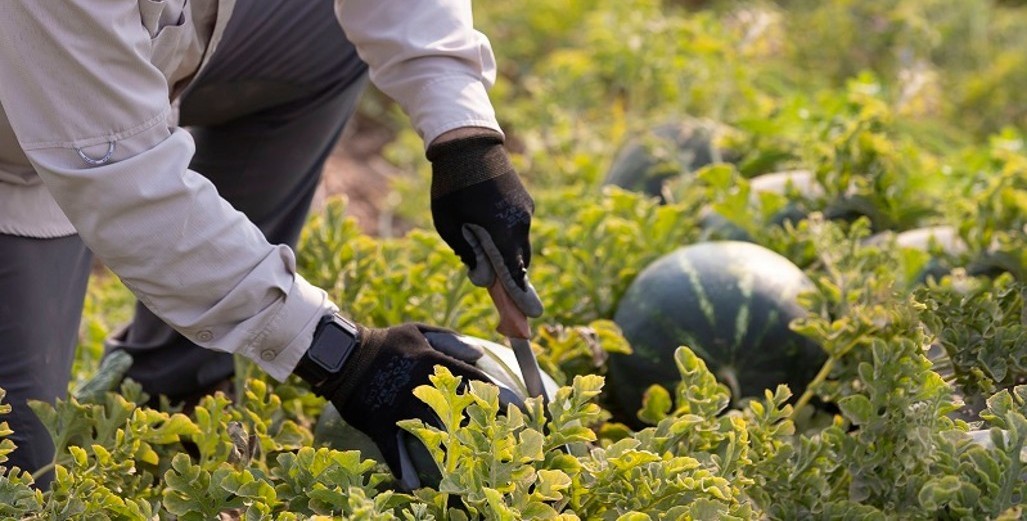

.jpg)